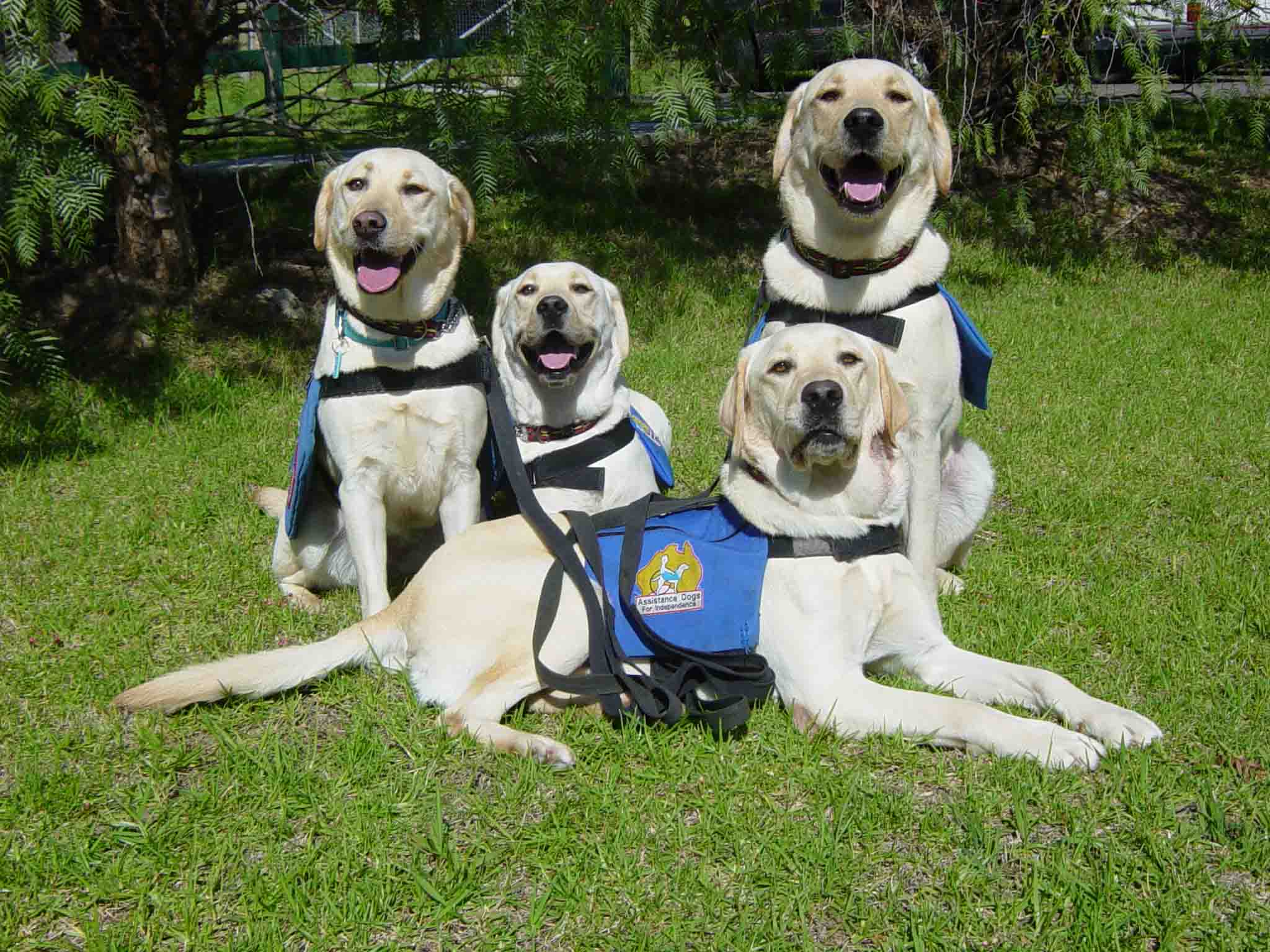Dogs may not only be your best friend, they may also be your best assistant. So, when you plan to get somewhere by plane and you know that you really depend on your dog to cope with your everyday needs, the best solution is to take you greatest helper with you. And just like in the case of any flight, you’ll have to prepare in advance.
Don’t question for a second not taking your SERVICE DOG with you – you have the right to take it with you aboard the plane, you just need to spend some extra time on planning and getting informed, that’s all.
Early booking is by all means the first step you need to take when planning your journey. In so far as informing the airline company that you’ll take your assistance dog with you, is concerned, there is a difference of opinion. Some consider that you should not inform the company the moment you make your reservation as airlines have the tendency of telling you that the flight is fully booked when they hear that passengers intend to take their assistance dog with them. Instead, just make the reservation and get the confirmation number – inform them later on.
They also advise you to call them half an hour later if you intend to ask for BULKHEAD SEATING and tell them about you service dog then. Others say that the airlines need to know well in advance that they’ll have a service dog aboard because they need to make all the necessary arrangements. Anyway, to wrap these up, I suppose it’s up to you to decide.
The U.S. Department of Transportation issued The Air Carrier Access Act (ACAA, 49 U.S.C. 41705)which rules out discrimination by U.S. and foreign airline companies on the basis of physical or mental disability. This document states that the air carrier needs to get informed on a passenger’s need of bulkhead seating at least 24 hours before the flight and 48 hours notice in case of an onboard wheelchair.
Thus, with the exception of the bulkhead seating, you will have to get in touch with the airline 48 hours before the flight. We would recommend you to inform the carrier after you get your confirmation number; there is no harm in calling them back. It’s safer and it spares you the duty of calling back 24 or 48 hours before you depart.
Nevertheless, bulkhead seating is not compulsory if you don’t feel like. According to ACAA, “Carriers must permit a service animal to accompany a traveller with a disability to any seat in which the person sits, unless the animal obstructs an aisle or other area that must remain clear in order to facilitate an emergency evacuation, in which case the passenger will be assigned another seat”.
Therefore, you are the one who chooses the seat. NO CARRIER may keep you out of a certain seat or demand you to sit in a specific seat on the basis of REDUCED MOBILITY. The only exception to this rule is related to SAFETY, i.e. “carriers may place in exit rows only persons who can perform a series of functions necessary in an emergency evacuation.” Consequently, you and your dog may be placed almost anywhere on the plane except in the exit row seating, making thus bulkhead seating unavailable, if located there. In case you get a set and feel that you and your dog do not have enough room to travel comfortably (there are carriers which squeeze your assistance dog at your feet) you just have to ask them not to bring anyone next to you.
Hence, “if a service animal cannot be accommodated at the seat location of the qualified individual with a disability whom the animal is accompanying, the carrier shall offer the passenger the opportunity to move with the animal to a seat location in the same class of service, if present on the aircraft, where the animal can be accommodated, as an alternative to requiring that the animal travel in the cargo hold.”
In so far as, getting aboard the plane with your dog is concerned, airline companies have the obligation of allowing dog guides or any other service animals with appropriate identification to go together with an individual with reduced mobility on a flight. Such animals may be identified by means of cards or other documents, the existence of a harness or markings on a harness, tags, or even “the credible verbal assurance of the passenger using the animal.” Airport personnel usually, according to FAA recommendation, use five steps to determine whether your pet is indeed a service dog.
First you’ll be asked whether that pet is really yours and if you, as a passenger, answer that you’re travelling with an assistance dog but leave a trace of uncertainty about the animal, the airport will ask some more questions such as: ‘‘What tasks or functions does your animal perform for you?’’ or ‘‘What has it been trained to do for you?’’, ‘‘Would you describe how the animal performs this task (or function) for you?’’
Secondly, they will search for physical markers on your pet, i.e. harness, vests or backpacks. All these items usually label your pet as a service dog. So, it’s wise to keep this in mind. Nonetheless, the airport personnel is well aware that that the absence of such equipment does not necessarily mean you’re your dog is not an assistance dog.
You will then be asked for the documentation identifying your service dog. The law permits airline personnel to ask for documentation in order to verify that the animal is a service animal. On the other hand, DOT clearly recommends airline companies not to demand documentation as a condition for allowing somebody to travel with the service dog in the cabin if a passenger’s verbal guarantee is not convincing enough. In such a situation, the airline may possibly ask documentation as a CONDITION for permitting the animal to travel in the cabin.
The documents need to evidence that the service dog is REALLY NEEDED in the cabin and that the passenger with reduced mobility ABSOLUTELY depends on it. For instance, you may provide the carrier a letter from a qualified expert (e.g. Physician, mental health professional, etc.).
Next, the staff will want papers for emotional support animals. Such paperwork may be required as a condition of allowing the animal to go along with the passenger in the cabin. The aim of this condition is to put off any possible abuse by passengers who do not really need an emotional support pet. However, carriers may not ask for paperwork which identified the type of mental health disability.
Finally, they will just examine the behavior of your assistance dog. Service pets are, by all means, trained to behave appropriately in the public. It won’t run around the airport, it won’t bark at the moon! It will just assist you and airport staff has the obligation of observing just that.

 En
En Es
Es Fr
Fr











